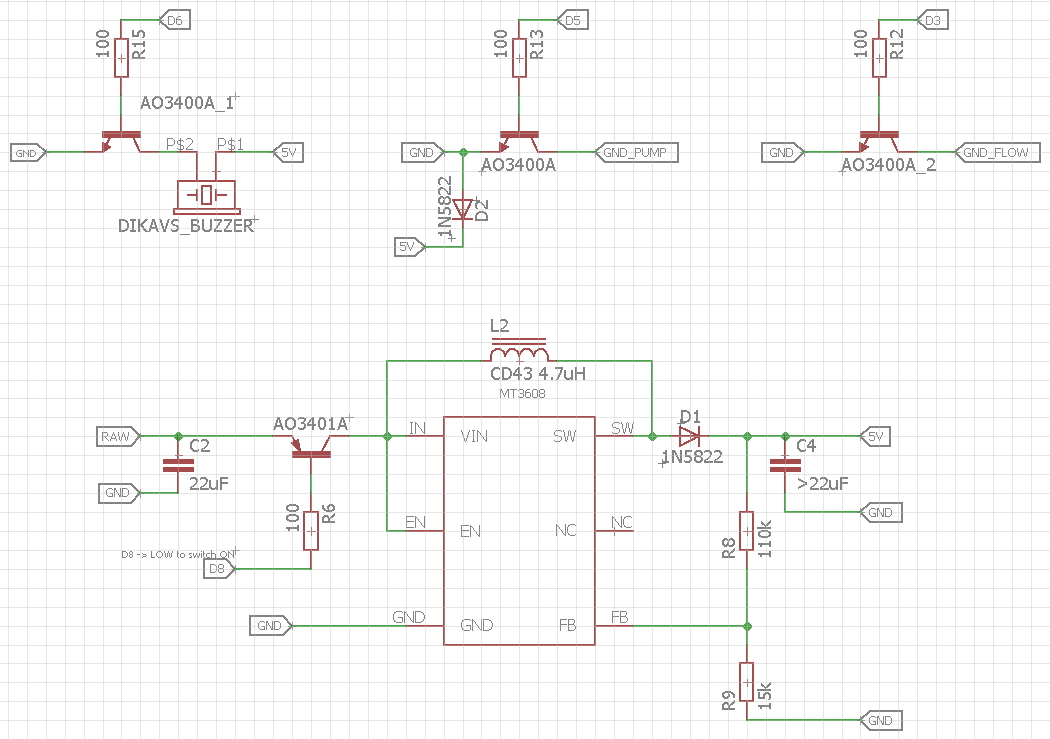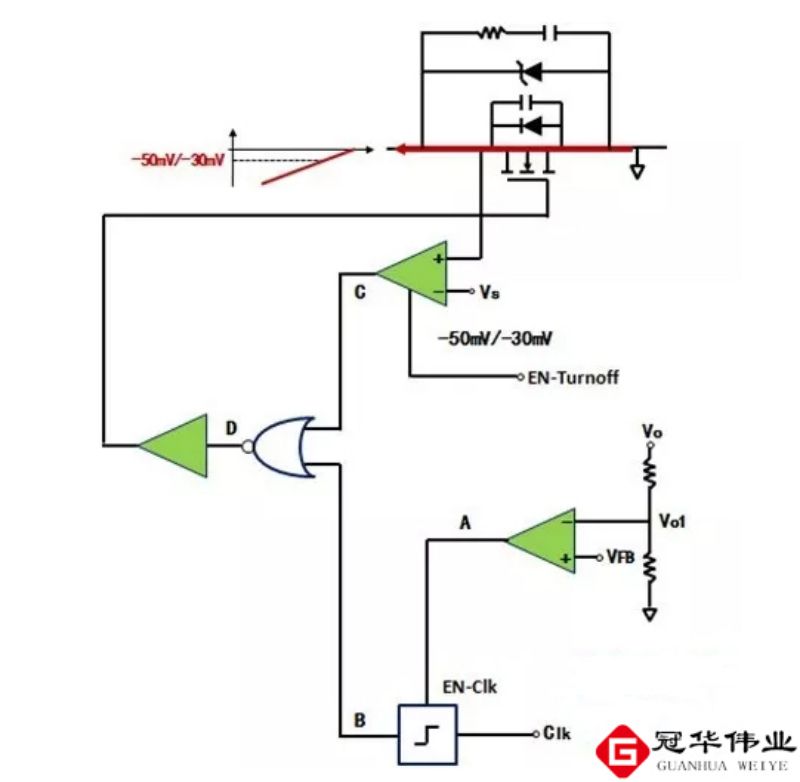Key Benefits of Gate-to-Source Resistors:
- Prevention of unwanted turn-on events
- Enhanced noise immunity
- Defined gate potential during power-up
- Protection against static charge accumulation
The Fundamental Purpose of Gate-to-Source Resistors
A gate-to-source resistor (often abbreviated as RGS) serves as a pull-down or pull-up resistor that defines the gate potential when no drive signal is present. This component is particularly critical in preventing false triggering of the MOSFET due to noise, parasitic capacitances, or induced voltages in high-speed switching applications.
The primary function of RGS is to maintain the gate at a known voltage level relative to the source when the gate driver is in a high-impedance state or when the circuit is powering up. Without this resistor, the gate voltage could float to an indeterminate level, potentially causing unexpected MOSFET turn-on and system malfunction.
Selecting the Optimal Resistance Value
The selection of an appropriate gate-to-source resistance value requires careful consideration of multiple factors. Generally, values between 1kΩ and 1MΩ are common, with 10kΩ to 100kΩ being the most frequently used range. The specific value depends on your application requirements and operating conditions.
Key Considerations for Resistance Selection
- Operating frequency of the circuit
- Gate charge characteristics of the MOSFET
- Environmental conditions and noise susceptibility
- Power consumption requirements
- Switching speed requirements
Common Implementation Challenges
While implementing gate-to-source resistors, engineers often encounter several challenges that need careful consideration. First, the resistor value must be low enough to prevent unwanted turn-on from noise or coupled signals, yet high enough to minimize power consumption and avoid loading the gate driver unnecessarily.
Another significant consideration is the physical placement of the resistor on the PCB. The resistor should be located as close as possible to the MOSFET to minimize the loop area and reduce susceptibility to noise and interference. This becomes particularly important in high-frequency switching applications where parasitic effects can significantly impact circuit performance.
Winsok MOSFET Solutions and Support
At Winsok, we understand the complexities involved in MOSFET circuit design. Our extensive range of MOSFETs is optimized for various applications, and we provide comprehensive technical support to help you select the appropriate gate-to-source resistor values for your specific requirements.
Our Technical Support Includes:
- Detailed application notes and design guidelines
- Simulation models and tools
- Personal consultation with our engineering team
- Sample products for evaluation
Best Practices for Circuit Design
When implementing gate-to-source resistors in your MOSFET circuits, following these best practices will help ensure optimal performance and reliability:
- Always use gate-to-source resistors in circuits where the gate driver might enter a high-impedance state
- Consider using a parallel capacitor for additional noise immunity in high-noise environments
- Implement proper PCB layout techniques to minimize parasitic effects
- Account for temperature effects on resistance values in extreme operating conditions
- Consider the impact on switching speed and power consumption when selecting resistance values
Advanced Design Considerations
In more sophisticated applications, the interaction between the gate-to-source resistor and other circuit elements becomes increasingly important. The resistor value affects the gate discharge time constant, which in turn influences the MOSFET’s behavior during power-down conditions. This consideration is particularly crucial in applications where controlled shutdown behavior is required.
Additionally, in applications with multiple MOSFETs operating in parallel, consistent gate-to-source resistor values help ensure balanced current sharing and synchronized switching behavior. This becomes especially important in high-power applications where load sharing is critical for reliable operation.
Special design considerations may be necessary for:
- High-temperature applications
- High-reliability systems
- Automotive and industrial environments
- Battery-powered devices
Application Support
Our team of application engineers is available to assist you with your specific design requirements. We can help you optimize your MOSFET circuit design, including the selection of appropriate gate-to-source resistor values based on your application’s unique requirements.
Conclusion
The proper selection and implementation of gate-to-source resistors is crucial for reliable MOSFET operation. Understanding the principles and considerations discussed in this guide will help you make informed decisions in your design process. Remember that our Winsok technical team is always available to provide additional guidance and support for your specific application needs.

























